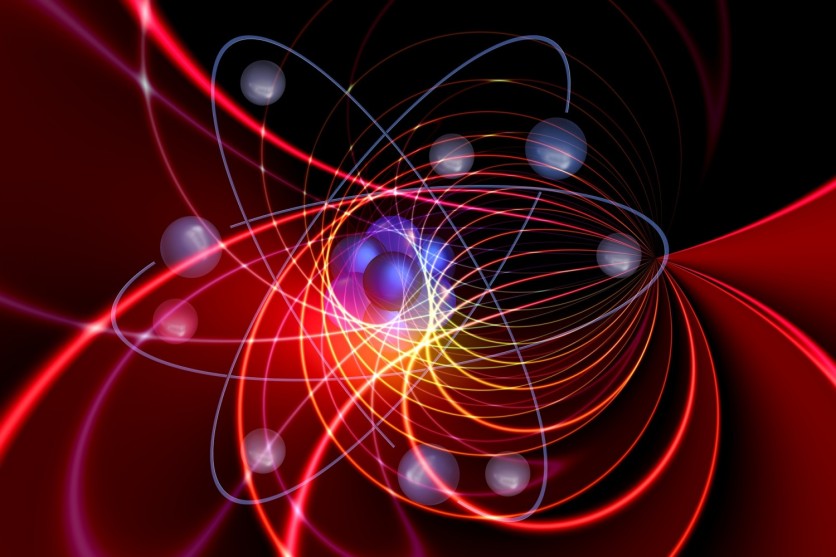Physicists have recently detected a rare type of particle resulting from proton collisions within the Large Hadron Collider (LHC), a remarkable feat achieved between 2016 and 2018.
According to ScienceAlert, this discovery involves the observation of over 100 unstable hypernuclei, which are atomic cores containing a distinctive flavor of quark in one of their nuclear particles.
This intriguing finding could shed light on the mysterious antihelium, whose tentative detection has been made in space.

Rare Hypernuclei Detected at The Large Hadron Collider
The Large Hadron Collider, a colossal machine designed to collide particles at high speeds, enables scientists to analyze the remnants of these collisions, seeking out elusive and short-lived particles that are otherwise undetectable.
The common building blocks of matter are nuclei and antinuclei, comprising baryons known as protons and neutrons. These baryons are formed from quarks and antiquarks, with the majority consisting of three primary flavors.
In contrast, hypernuclei are much rarer, encompassing hyperons alongside protons and neutrons. These hyperons introduce strange quarks into the composition.
Among these hypernuclei is the hypertriton, comprising protons, neutrons, and Lambda hyperons containing strange quarks. While of intrinsic interest, these hypernuclei also hold significance in astrophysics, as they are believed to form within the dense cores of neutron stars.
Given their rapid decay, particle colliders are essential for studying hypernuclei like hypertriton and antihypertriton. The researchers behind this discovery employed an innovative approach using data from previous runs of the LHC.
Rather than directly detecting hypertriton and antihypertriton, they identified the products of their decay. As these unstable particles disintegrate, they transform into a cascade of lower-mass particles. The process unfolds as protons collide within the LHC, releasing energy that can generate a plethora of particles.
In a rare occurrence, a hypertriton or antihypertriton emerges and travels around 40 centimeters (16 inches) in approximately 240 picoseconds before decaying into an antiproton and a pion, a positively charged quark-antiquark pair, according to ScienceAlert.
The antiproton remains confined within the nucleus while the pion escapes. The same process applies to the hypertriton, albeit with variations.
By detecting the pions and helium or antihelium nuclei, the researchers were able to trace the formation of these particles back to the decay of hypertritons and antihypertritons.
Helium Identification Technique
The researchers identified these pions and helium/antihelium nuclei in the data from the Large Hadron Collider, using an innovative helium identification technique not initially intended for the collider's purpose.
Measuring the nuclei's masses enabled the team to link their origin to the decay of around 61 hypertritons and 46 antihypertritons. The discovery not only provides a new method for exploring hypertriton properties but also has broader significance.
The helium identification technique offers physicists a fresh tool for investigating how quarks in baryons are interconnected.
The findings were presented at the European Physical Society Conference on High Energy Physics and will be detailed in a forthcoming paper.
Related Article : Scientists Are Creating A Particle Accelerator That Could Be More Powerful Than The Large Hadron Collider

ⓒ 2025 TECHTIMES.com All rights reserved. Do not reproduce without permission.




